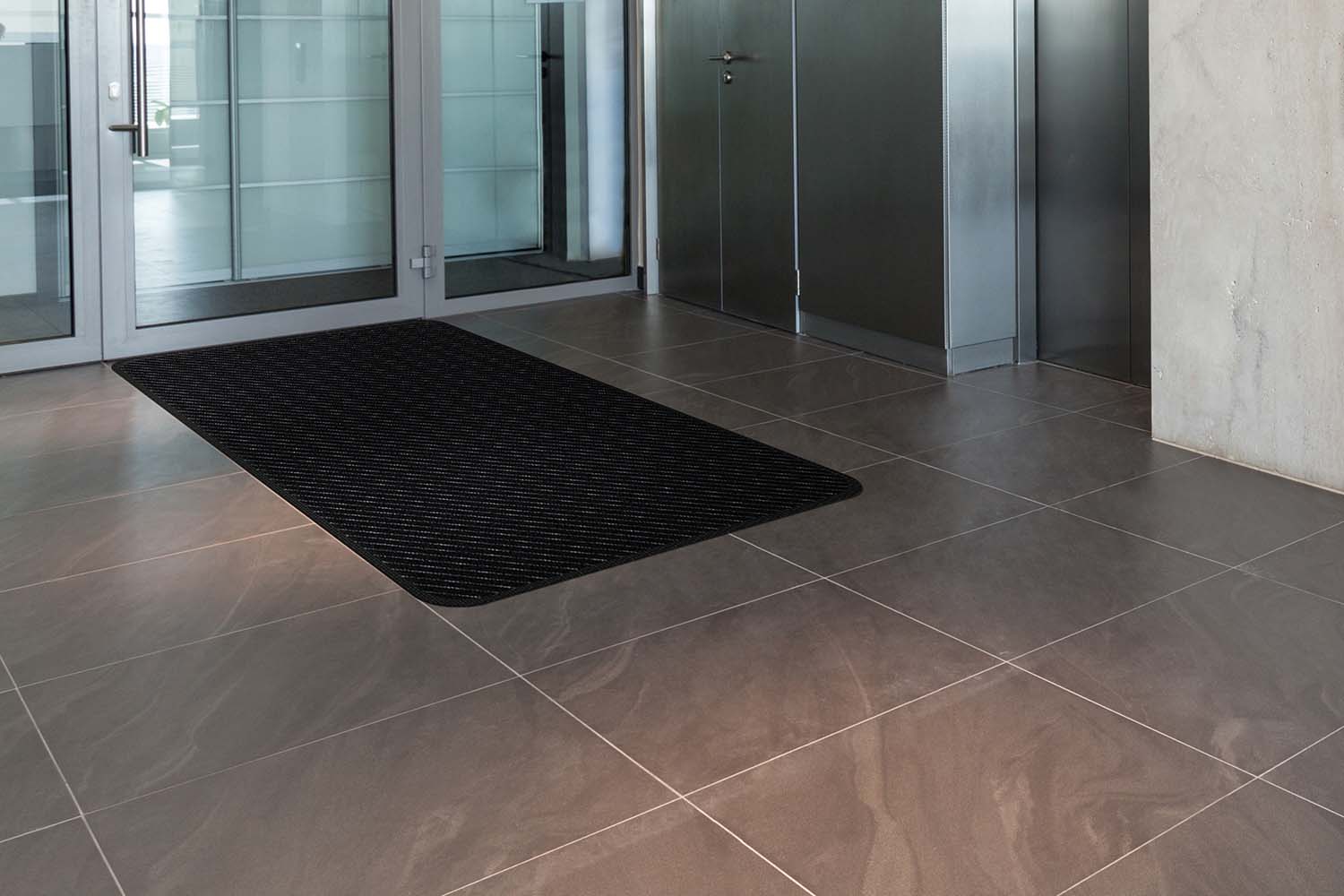

Articles
How To Keep Floor Mat From Sliding
Modified: January 6, 2024
Discover effective ways to prevent floor mats from sliding with these helpful articles. Keep your mats in place and ensure a safe and secure walkway.
(Many of the links in this article redirect to a specific reviewed product. Your purchase of these products through affiliate links helps to generate commission for Storables.com, at no extra cost. Learn more)
Introduction
Welcome to our comprehensive guide on how to keep floor mats from sliding. If you’ve ever experienced the frustration of a constantly shifting floor mat, you’re not alone. It’s a common issue that can not only be annoying but also pose a safety hazard.
When a floor mat slides out of place, it creates an unstable surface that can lead to trips and falls, especially in high-traffic areas or when stepping onto or off of the mat. To prevent this, it’s important to find effective solutions to keep your floor mats securely in place.
In this article, we’ll explore various options that can help you solve this problem. We’ll discuss the importance of choosing the right type of floor mat and explore different non-slip backing options. Additionally, we’ll delve into methods such as using Velcro or double-sided tape, using rug grippers, utilizing non-slip padding, installing corner brackets or anchors, and using adhesive strips or pads. We’ll also provide tips for maintaining and cleaning your floor mats to ensure their longevity.
By the end of this guide, you’ll have a variety of strategies at your disposal to keep your floor mats from sliding and enjoy a safer and more stable environment in your home or business. Let’s get started!
Key Takeaways:
- Choose the right floor mat: Consider size, material, and non-slip backing to prevent sliding. Regular maintenance and cleaning will ensure longevity and effectiveness.
- Implement secure solutions: Use Velcro, rug grippers, non-slip padding, or adhesive strips to keep floor mats in place. Consider flooring type for best results.
Read more: How To Keep Couch From Sliding On Wood Floor
Understanding the Problem
Before we dive into the solutions, it’s important to understand the root cause of the problem of sliding floor mats. There are a few factors that contribute to this issue:
- Smooth or slippery surface: The most common reason for sliding floor mats is the surface they are placed on. Smooth surfaces like hardwood, tile, or laminate flooring provide little friction for the bottom of the mat to grip onto, resulting in movement.
- Misaligned or improper placement: Sometimes, floor mats are not properly aligned or placed, which can lead to sliding. Mats that are too small for the area they are placed in or not centered correctly are more likely to shift.
- Foot traffic and movement: The constant foot traffic and movement over a floor mat can gradually cause it to shift or slide over time. This is especially true in high-traffic areas like entryways or hallways.
- Poor quality or worn out backing: The backing of a floor mat plays a crucial role in keeping it in place. If the backing is of poor quality or has worn out over time, it may lose its grip and lead to sliding.
By understanding these factors, you can better assess which solutions will work best for your specific situation. Now, let’s explore the various options available to keep your floor mats securely in place.
Choosing the Right Floor Mat
When it comes to preventing floor mats from sliding, choosing the right mat in the first place is an important consideration. Here are a few factors to keep in mind:
- Size and shape: Ensure that the floor mat you select is an appropriate size and shape for the area where it will be placed. A mat that is too small may not provide sufficient coverage and is more likely to shift.
- Thickness: Consider the thickness of the mat. Thicker mats tend to be more stable and less prone to sliding compared to thinner mats.
- Material: Different materials offer varying levels of grip. Look for mats with a non-slip backing or mats made from materials known for their traction, such as rubber or foam.
- Surface texture: Mats with textured surfaces provide better traction and are less likely to slide. Look for mats with a textured or ridged pattern on the surface.
- Water and dirt resistance: Mats that are resistant to water and dirt accumulation are less likely to become slippery over time. Look for mats that can easily be cleaned and maintain their grip even when exposed to moisture.
By considering these factors, you can narrow down your options to floor mats that have a higher likelihood of staying in place. However, even with these considerations, it’s still important to implement additional measures to ensure the mats remain secure. Let’s explore some of these measures in the next section.
Non-Slip Backing Options
One of the most effective ways to prevent floor mats from sliding is by choosing mats that come with non-slip backing. Non-slip backing is designed to provide extra grip and traction, keeping the mat securely in place. Here are some common non-slip backing options to consider:
- Rubber backing: Rubber backing is widely used in floor mats and is known for its excellent grip. It offers good resistance to slipping and is suitable for various flooring surfaces.
- Gripper backing: Gripper backing consists of small rubber or silicone dots or lines that create friction between the mat and the floor, preventing sliding.
- Gel foam backing: Gel foam backing is a soft and cushiony material that provides grip and stability. It is particularly effective on smooth surfaces such as tiles or hardwood floors.
- Latex backing: Latex backing is a natural material that offers both grip and durability. It is commonly used in outdoor mats and is resistant to moisture.
- Carpet backing: If you have a carpeted surface, consider floor mats with a carpet backing. This backing has small teeth or spikes that grip into the carpet fibers, preventing movement.
When selecting floor mats with non-slip backing, consider the type of flooring you have and choose a backing that is suitable for that surface. Additionally, ensure that the backing is of good quality and securely attached to the mat to maintain its effectiveness over time.
If you already have mats without non-slip backing, don’t worry. There are still other methods you can use to keep them from sliding. Let’s explore some of these methods in the following sections.
Using Velcro or Double-Sided Tape
If your floor mats don’t have non-slip backing, you can add extra grip by using Velcro or double-sided tape. These adhesive solutions are easy to implement and can effectively secure your mats in place. Here’s how you can use Velcro or double-sided tape:
- Versatile Velcro: Purchase a roll of Velcro tape with adhesive backing from your local hardware or craft store. Cut the Velcro into small strips.
- Mat preparation: Clean the bottom surface of your floor mat and ensure it’s dry. This will help the adhesive stick better.
- Attach Velcro to the mat: Attach one side of the Velcro strips to the corners or edges of the mat, pressing firmly to secure them in place.
- Surface preparation: Clean the area of the floor where you want to place your mat. Ensure it’s dry and free from dirt or debris.
- Attach Velcro to the floor: Attach the corresponding side of the Velcro strips to the floor, aligning them with the Velcro attached to the mat.
- Press and secure: Press the mat onto the floor firmly, ensuring that the Velcro strips attach to each other and create a strong bond.
- Double-sided tape alternative: If you prefer double-sided tape, follow the same steps as above, replacing the Velcro strips with double-sided tape. Apply the tape to the corners or edges of the mat and attach it to the clean and prepared floor surface.
Velcro and double-sided tape provide a strong and reliable connection between the mat and the floor. They are particularly useful for area rugs or loose mats that are placed on hard surfaces. However, keep in mind that these methods may not be suitable for all types of floor mats, especially those with delicate or absorbent materials. Always check the manufacturer’s recommendations before using Velcro or double-sided tape on your mats.
In the next section, we’ll explore another option for securing your floor mats: rug grippers.
Read more: How To Keep Trash Can From Sliding On Floor
Fastening Floor Mats with Rug Grippers
If you’re looking for a non-permanent solution to keep your floor mats from sliding, rug grippers are an excellent option. Rug grippers are adhesive pads or tape that provide grip and traction, anchoring your mat securely to the floor. Here’s how you can use rug grippers:
- Purchase rug grippers: Look for rug grippers that are specifically designed to prevent slipping and are suitable for the type of flooring you have.
- Clean the floor: Ensure the area where you’ll be placing your floor mat is clean and free from dust or debris.
- Prepare the mat: Clean the bottom of your floor mat to remove any dirt or existing residue. Make sure the surface is dry before proceeding.
- Position the rug grippers: Peel off the backing of the rug gripper pads or tape and place them on the corners or edges of the mat. Press firmly to ensure they adhere properly.
- Attach the mat to the floor: Place the mat on the desired spot and press firmly on the grippers to secure the mat to the floor.
Rug grippers are versatile and can be used on a variety of floor surfaces, including hardwood, tile, laminate, and carpet. They provide a strong grip without causing any damage to your floor or the mat. Plus, they can easily be removed and repositioned if needed.
It’s worth noting that rug grippers may not be suitable for larger or heavier mats, as the adhesive strength may not be sufficient to keep them in place. In such cases, consider using other methods such as non-slip padding or adhesive strips, which we will explore in the following sections.
Now that you’re familiar with rug grippers, let’s move on to non-slip padding as another option for securing your floor mats.
To keep a floor mat from sliding, place a non-slip rug pad underneath it. This will provide traction and prevent the mat from moving around.
Making Use of Non-Slip Padding
Non-slip padding is a simple yet effective solution for keeping your floor mats from sliding. It provides an additional layer of grip between the mat and the floor, preventing any unwanted movement. Here’s how you can make use of non-slip padding:
- Purchase non-slip padding: Look for non-slip padding or underlay that is specifically designed for floor mats. You can find these products at home improvement stores or online.
- Measure and cut: Measure the dimensions of your floor mat and cut the non-slip padding accordingly, ensuring it’s slightly smaller than the mat to keep it hidden from view.
- Clean the floor: Clean the surface area where the mat will be placed, ensuring it’s free from dust and dirt.
- Place the non-slip padding: Lay the non-slip padding on the cleaned surface, making sure it’s centered and positioned correctly.
- Place the floor mat: Now, place your floor mat on top of the non-slip padding. Press it down firmly to ensure it adheres to the padding and stays in place.
Non-slip padding provides a cushioning effect, which adds extra comfort and stability to your floor mat. It works well on various flooring surfaces, including hardwood, tile, laminate, and carpet. This method is particularly useful for larger mats or heavy-duty mats that require more support.
In addition to preventing slipping, non-slip padding can also extend the lifespan of your floor mat by reducing wear and tear caused by movement. It’s a cost-effective solution that offers long-lasting results.
Now that we’ve covered non-slip padding, let’s explore another method that involves securing your floor mats using corner brackets or anchors.
Installing Corner Brackets or Anchors
If you’re looking for a more permanent solution to keep your floor mats from sliding, installing corner brackets or anchors can be a great option. This method involves securing the mat to the floor using hardware, ensuring it doesn’t shift or move. Here’s how you can install corner brackets or anchors:
- Measure and mark: Determine the exact placement of your floor mat and mark the corners or edges where you want to install the brackets or anchors.
- Preparation: Clean the floor area where the mat will be placed, ensuring it is free from dirt, dust, or any other debris.
- Attach the brackets or anchors: Position the corner brackets or anchors over the marked areas and secure them to the floor using screws or adhesive. Make sure they are tightly attached to provide maximum stability.
- Secure the mat: Once the brackets or anchors are in place, position your floor mat over them. Press down firmly to ensure it is securely fastened to the brackets or anchors.
Installing corner brackets or anchors offers a reliable and long-lasting solution for preventing sliding. It’s particularly useful for larger or heavy mats that are prone to movement due to foot traffic or other external factors. Additionally, this method is suitable for both indoor and outdoor mats.
However, it’s important to note that once the brackets or anchors are installed, the mat may be more challenging to move or reposition. Therefore, it’s advisable to carefully consider the final placement before proceeding with this method.
Now that you’re familiar with the installation of corner brackets or anchors, let’s explore another option for securing your floor mats: adhesive strips or pads.
Utilizing Adhesive Strips or Pads
Another effective method for keeping your floor mats from sliding is by utilizing adhesive strips or pads. These sticky solutions create a strong bond between the mat and the floor, ensuring it stays firmly in place. Here’s how you can utilize adhesive strips or pads:
- Purchase adhesive strips or pads: Look for adhesive strips or pads specifically designed for securing floor mats. You can find these products at home improvement stores or online.
- Clean the floor: Thoroughly clean the surface area where the mat will be placed to remove any dirt or debris that could affect the adhesion.
- Cut the adhesive: Cut the adhesive strips or pads into smaller pieces that can be placed on the corners or edges of the mat.
- Peel off the backing: Peel off the backing from the adhesive strips or pads, revealing the sticky side.
- Place the adhesive: Position the adhesive strips or pads on the corners or edges of the mat, taking care to align them properly.
- Press firmly: Press down firmly on the mat to ensure the adhesive strips or pads adhere securely to both the mat and the floor.
Adhesive strips and pads offer a strong and reliable hold, preventing your floor mats from sliding or shifting. They work well on various types of flooring surfaces, including hardwood, tile, laminate, and carpet. Additionally, they are easy to remove if you decide to reposition or replace the mats in the future.
However, it’s worth mentioning that adhesive strips or pads may leave behind residue or damage certain types of flooring. It’s always recommended to test a small inconspicuous area before applying them to the entire floor if you’re concerned about potential damage.
Now that we’ve explored the use of adhesive strips or pads, let’s move on to the importance of maintaining and cleaning your floor mats to ensure their longevity and effectiveness.
Maintaining and Cleaning Floor Mats
To ensure that your floor mats remain effective in preventing sliding, it’s important to properly maintain and clean them. Regular maintenance will not only prolong the lifespan of your mats but also help maintain their non-slip properties. Here are some tips for maintaining and cleaning your floor mats:
- Vacuum or shake regularly: Depending on the type of mat, regularly vacuum or shake it to remove dirt, dust, and debris that can accumulate over time. This prevents the buildup of substances that can reduce the mat’s grip.
- Spot clean stains: Treat any spills or stains on the mat promptly. Use a mild detergent and a soft brush or cloth to gently clean the affected area. Rinse thoroughly and ensure the mat is completely dry before placing it back on the floor.
- Check the backing: Periodically check the condition of the non-slip backing on your mats. If it becomes worn or starts to lose its grip, consider replacing the mat or adding additional non-slip backing.
- Remove moisture: Mats placed in areas prone to moisture, such as entryways or bathrooms, may become slippery if they are damp. Wipe off excess moisture from shoes or the mat itself to prevent sliding.
- Rotate the mat: If you notice that certain areas of the mat are wearing out more quickly or becoming less effective at preventing sliding, try rotating the mat regularly. This helps distribute the wear more evenly and ensures consistent grip.
- Follow manufacturer’s instructions: Always refer to the manufacturer’s instructions for specific cleaning and maintenance guidelines for your floor mats. Different materials and construction may require specific care.
By following these maintenance and cleaning tips, you can ensure that your floor mats remain in optimal condition, providing effective non-slip properties and keeping your floors safe and secure.
With these various methods and maintenance strategies, you now have a comprehensive guide to help you keep your floor mats from sliding. Remember to consider the specific needs of your mats, flooring type, and personal preferences when selecting the most suitable solution. Enjoy a stable and secure environment with your floor mats!
If you require further assistance or have any questions, feel free to reach out. Happy mat keeping!
Conclusion
Keeping your floor mats from sliding is essential for both safety and convenience. With the various solutions and methods discussed in this article, you now have a range of options to choose from. Whether you opt for mats with non-slip backing, utilize adhesive solutions such as Velcro or double-sided tape, use rug grippers, make use of non-slip padding, or install corner brackets or anchors, there is a solution to fit your specific needs and preferences.
It is crucial to select the right floor mats for your space, considering factors such as size, material, thickness, and surface texture. Additionally, regular maintenance and cleaning of your mats will help maintain their non-slip properties and extend their lifespan.
Remember to consider the type of flooring you have, as different solutions may work better on different surfaces. Additionally, always refer to the manufacturer’s instructions for any specific care and maintenance guidelines for your floor mats.
By implementing these strategies, you can enjoy a stable, secure, and slip-free environment in your home or business. No more worries about tripping or shifting mats!
If you still have any questions or need further assistance, don’t hesitate to reach out. Here’s to keeping your floor mats securely in place and creating a safer environment for everyone. Happy mat keeping!
Frequently Asked Questions about How To Keep Floor Mat From Sliding
Was this page helpful?
At Storables.com, we guarantee accurate and reliable information. Our content, validated by Expert Board Contributors, is crafted following stringent Editorial Policies. We're committed to providing you with well-researched, expert-backed insights for all your informational needs.
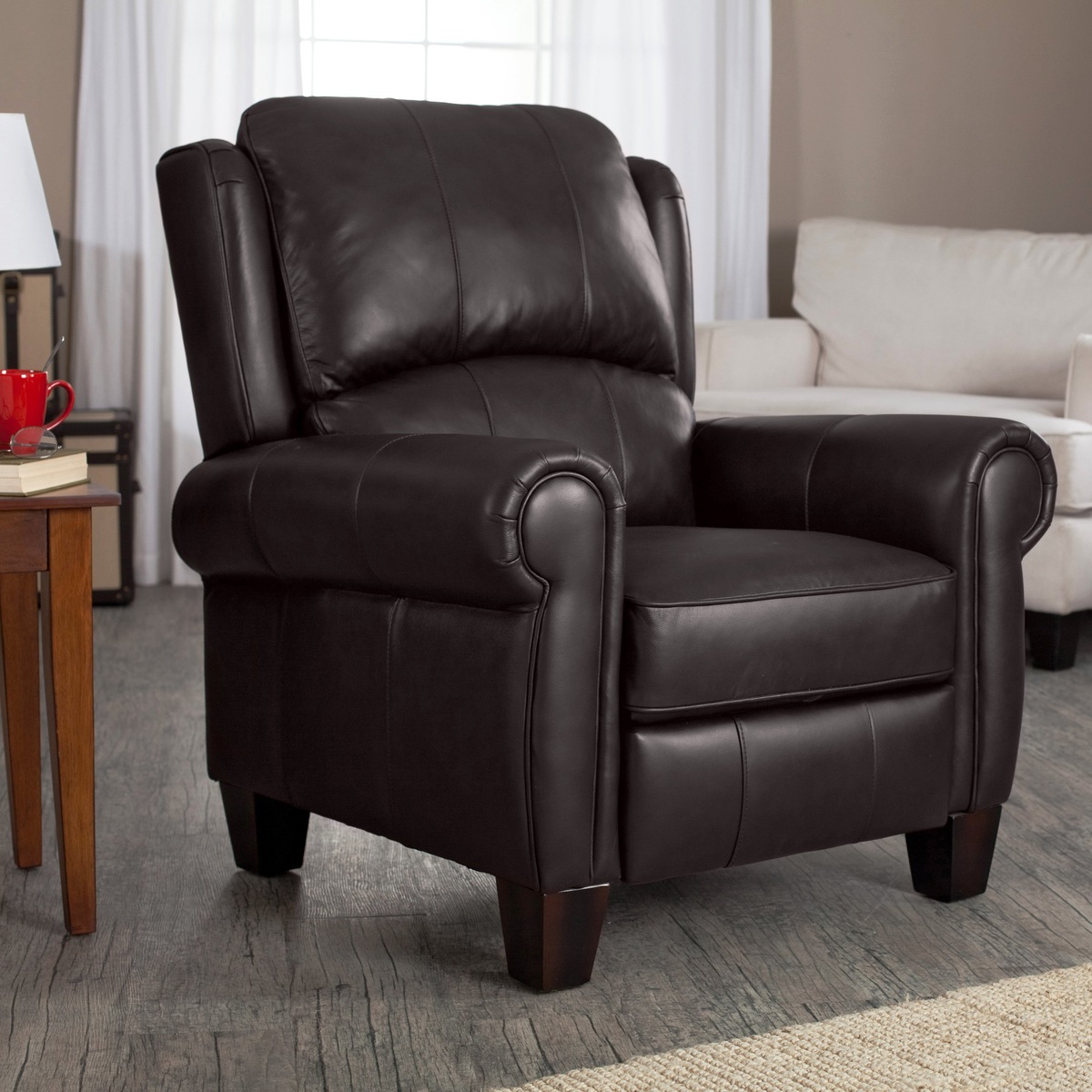
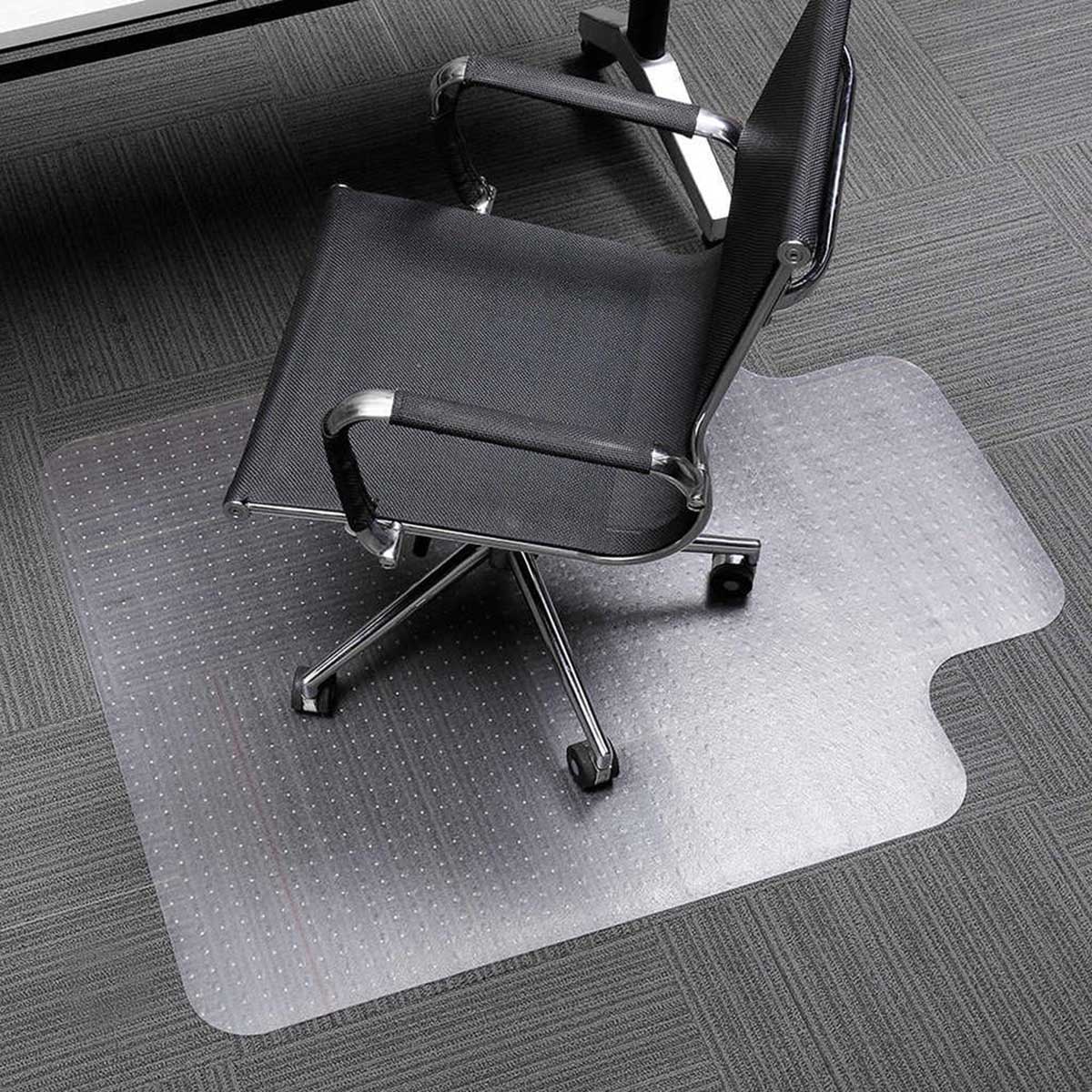
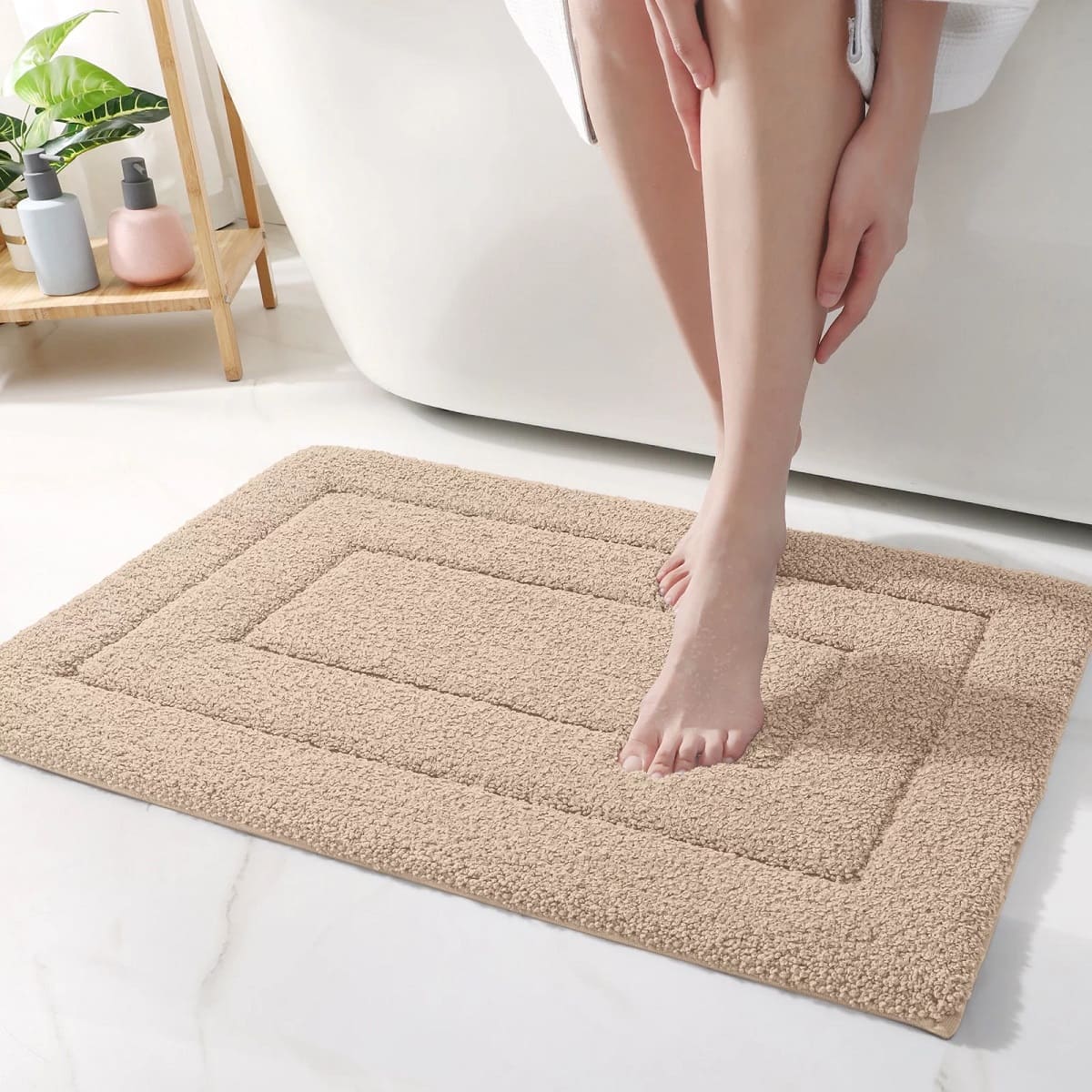
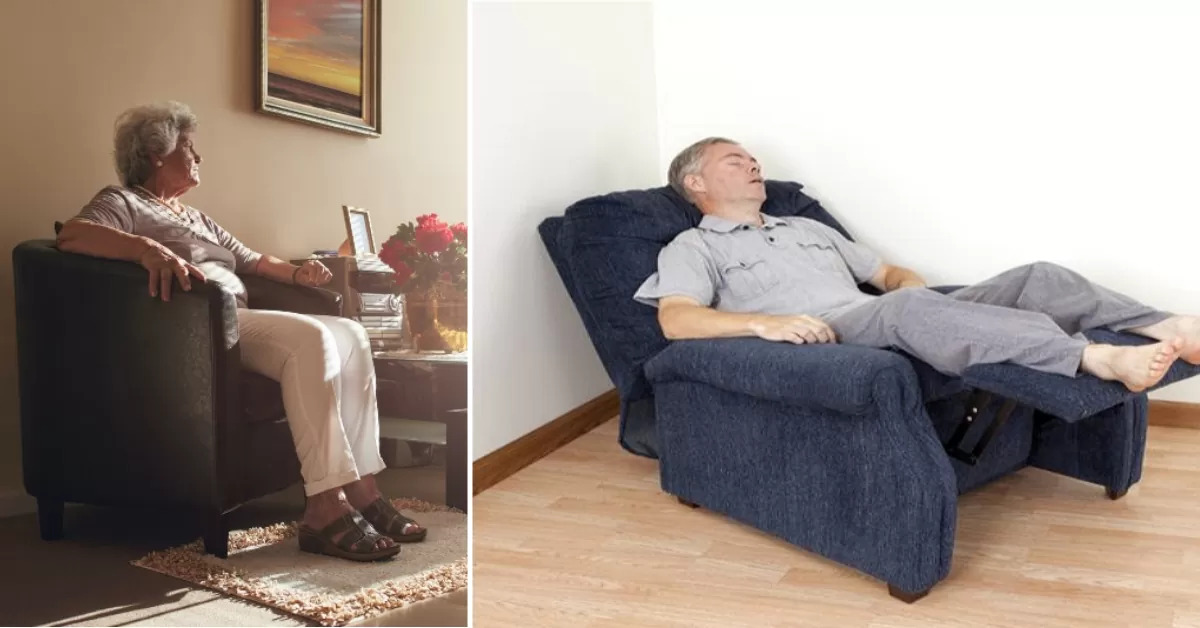
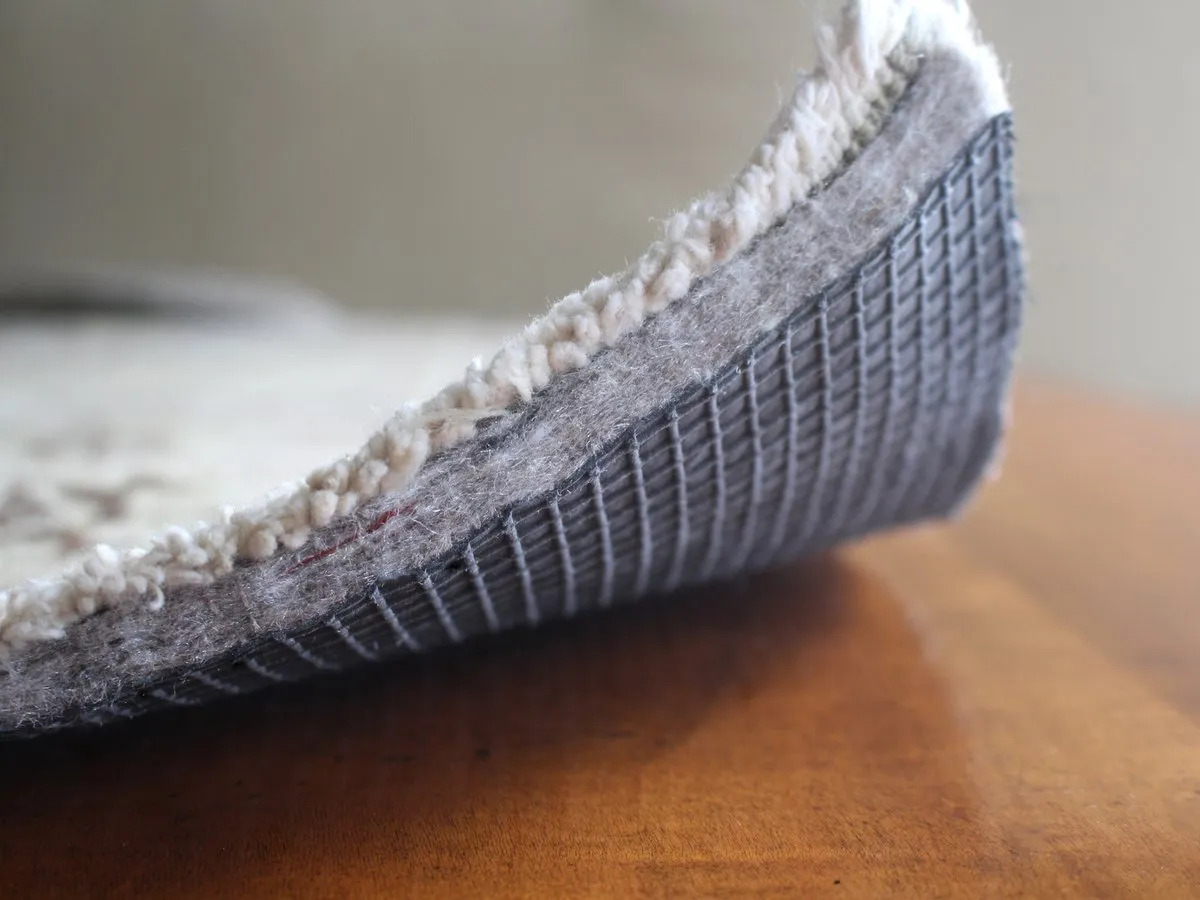
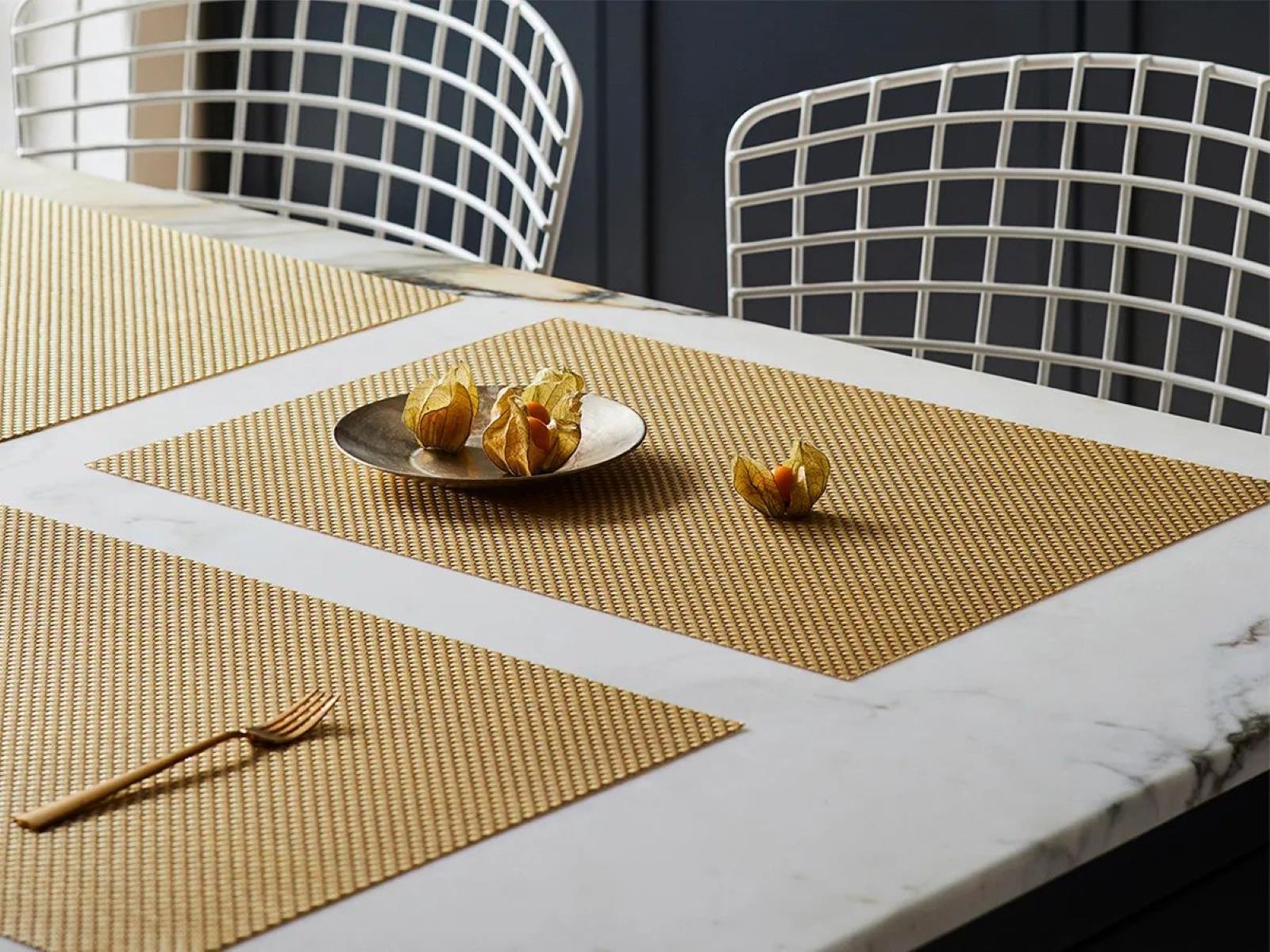
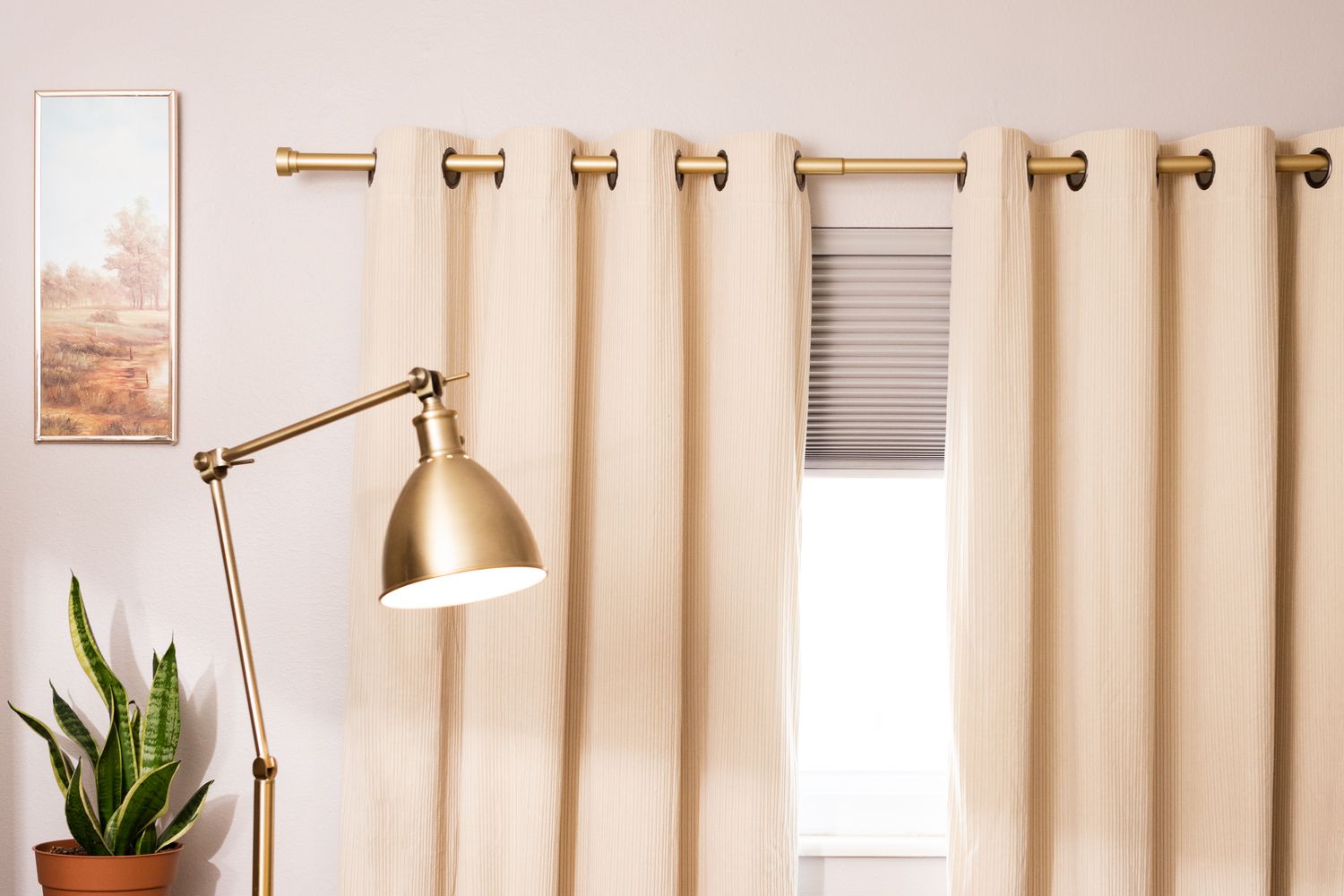
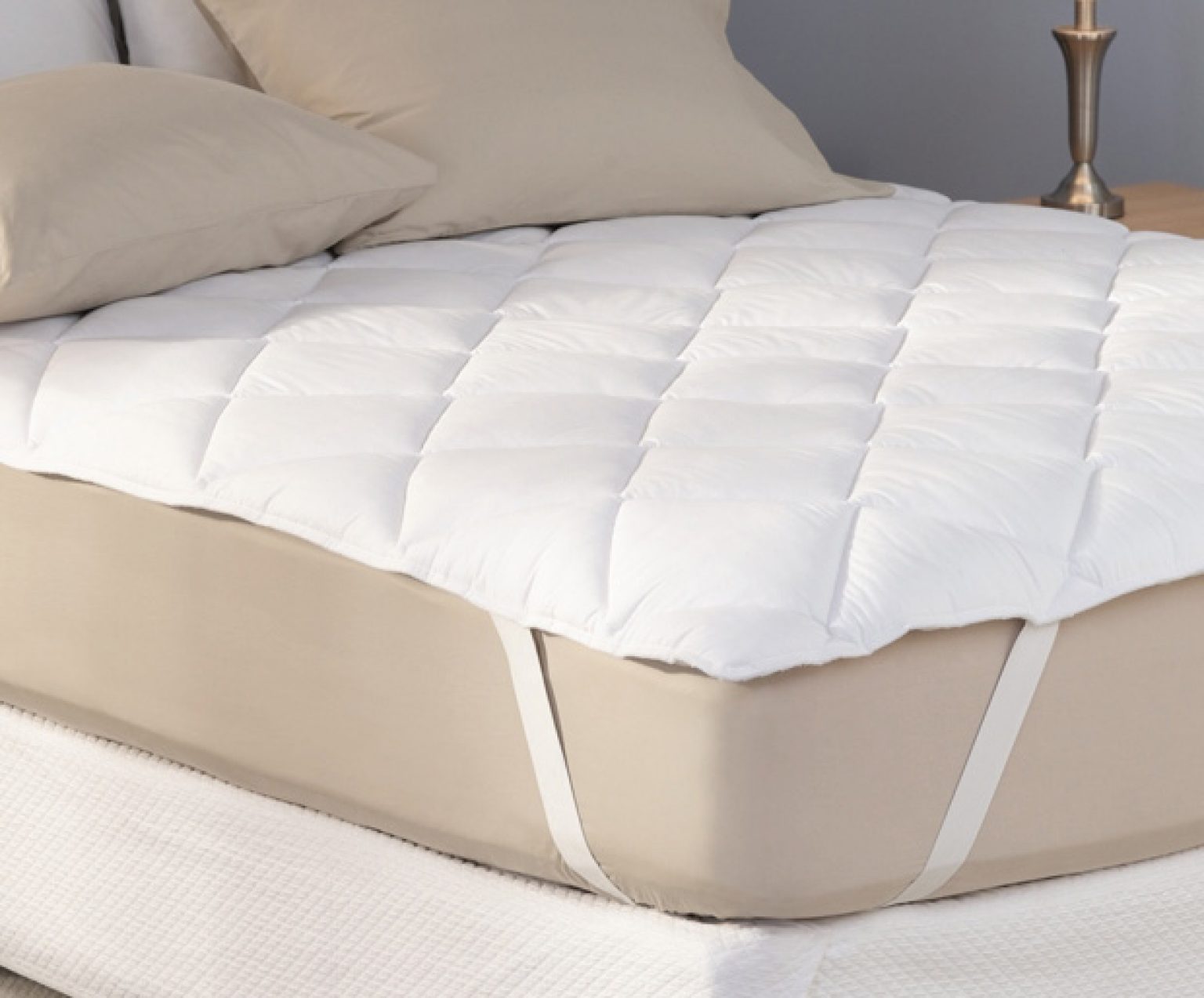
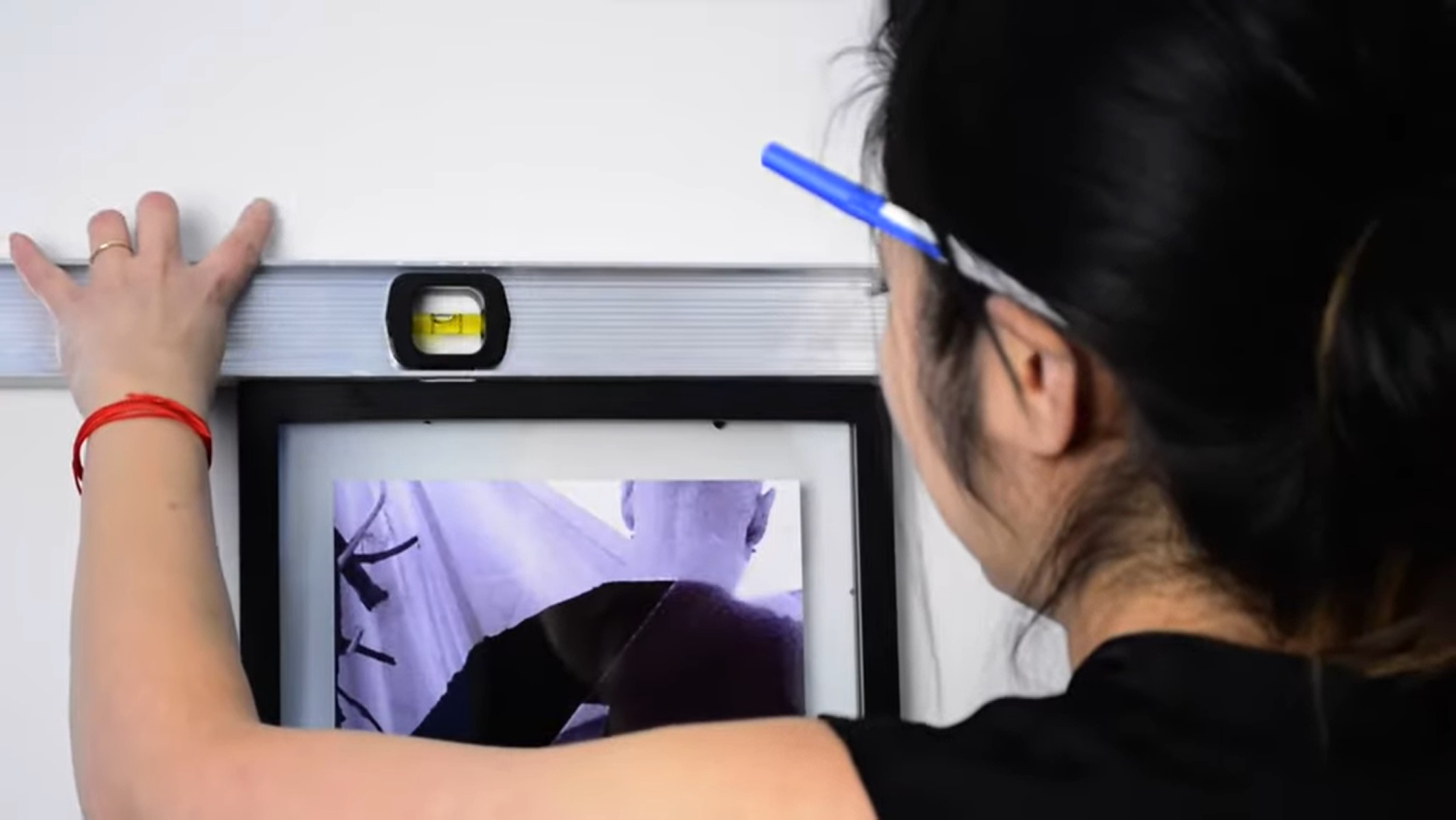
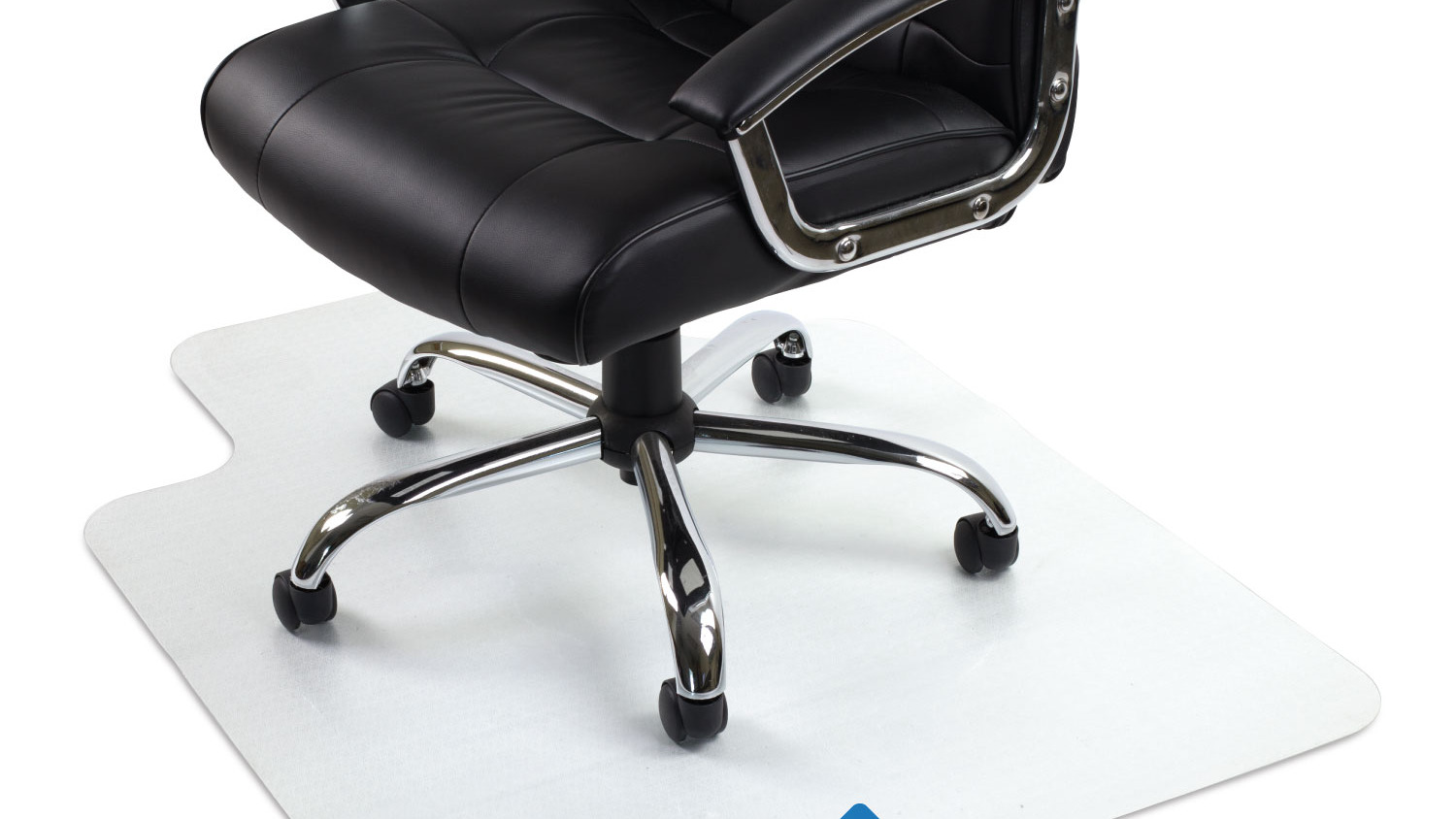
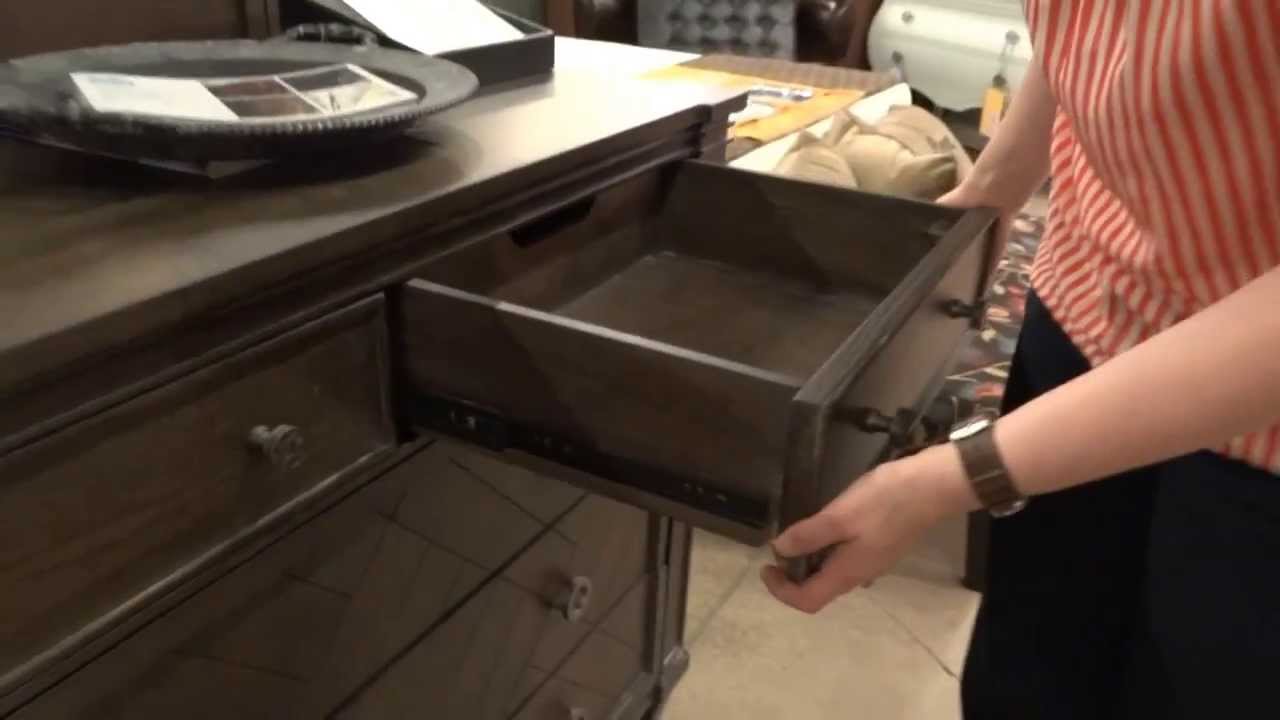
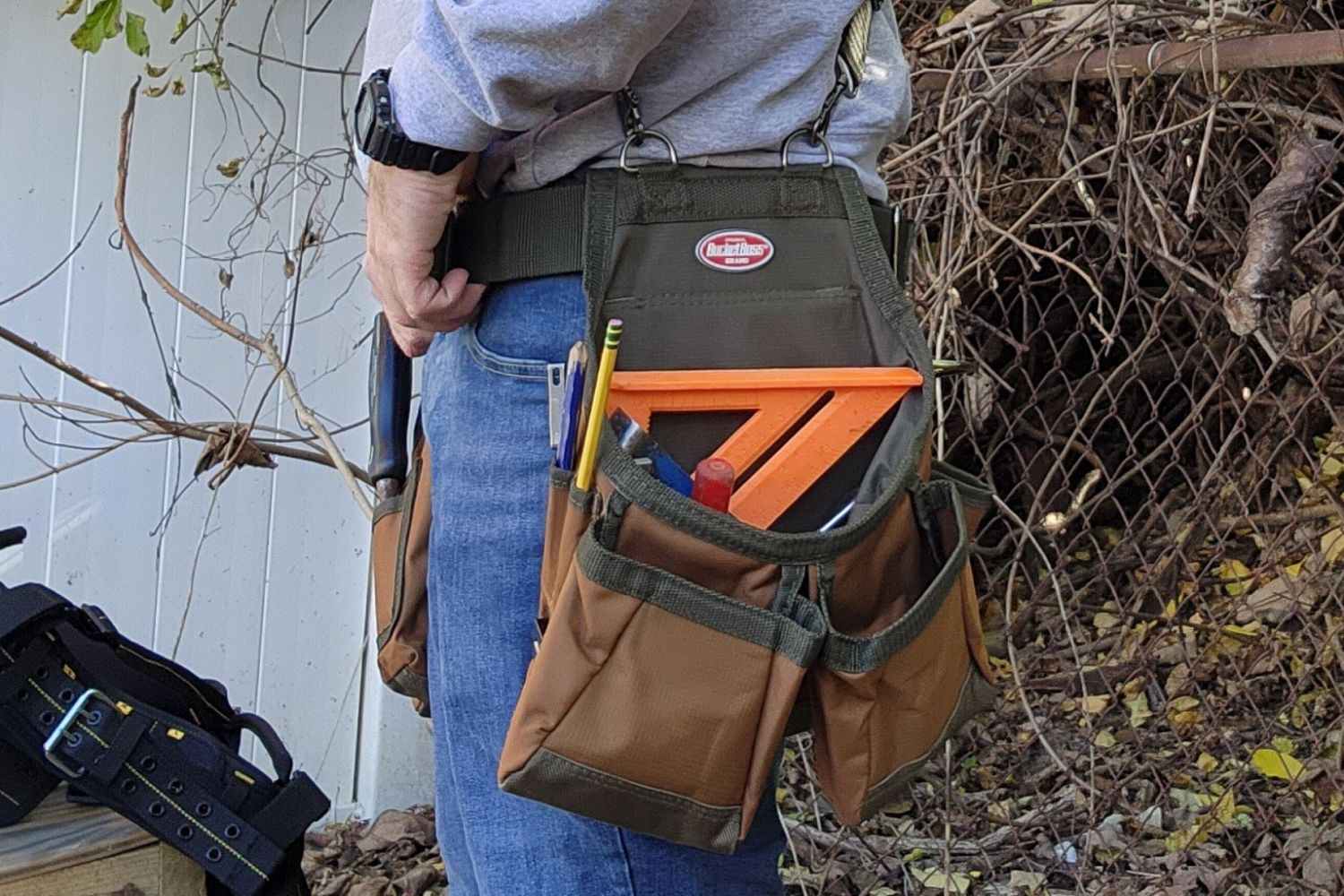
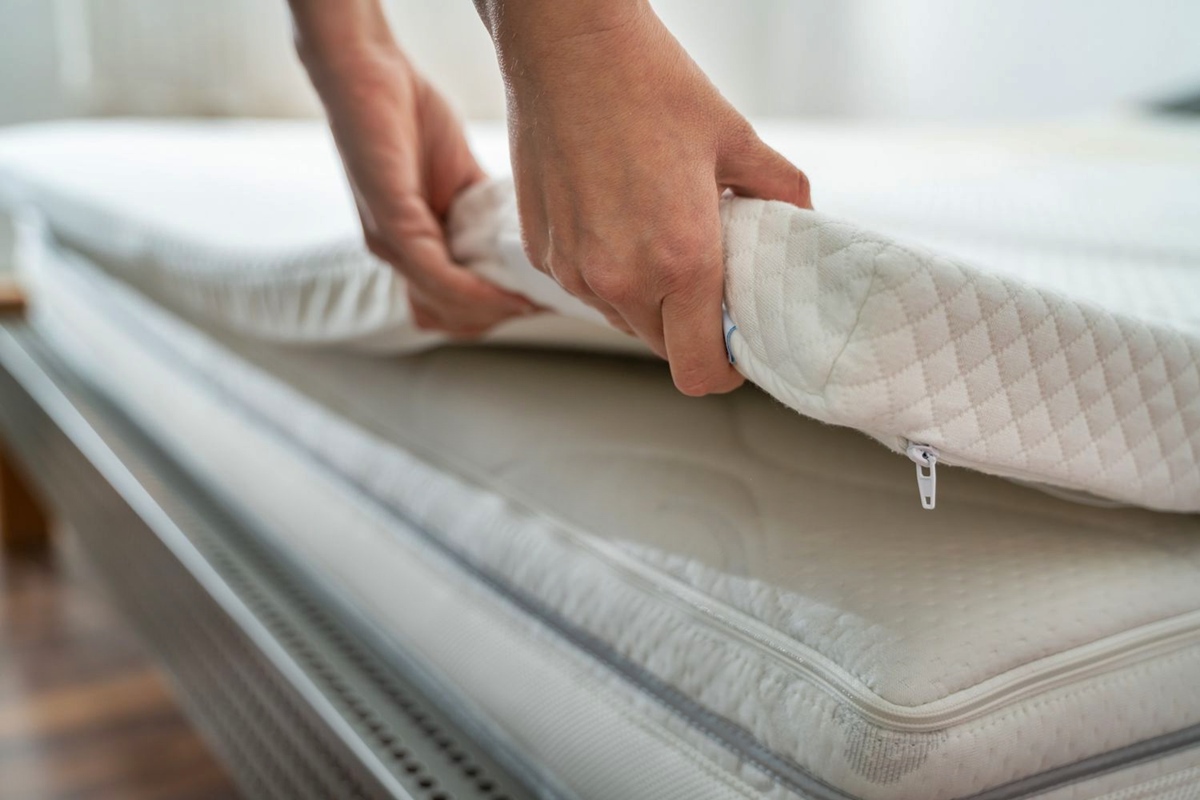

0 thoughts on “How To Keep Floor Mat From Sliding”